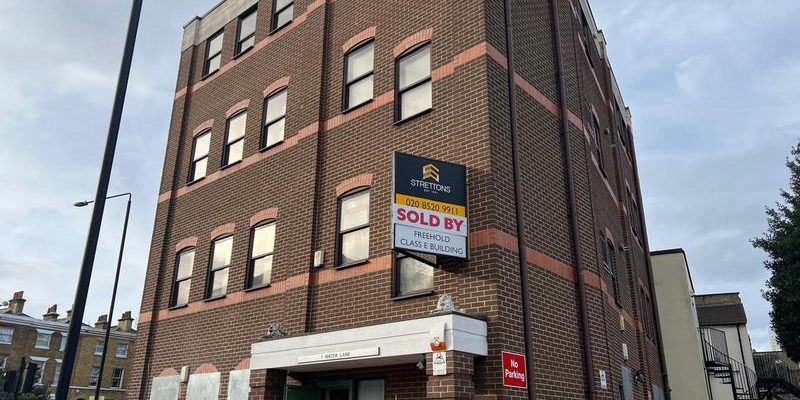Understanding Asbestos Risks in Older Office Buildings
Asbestos, once widely used in construction for its fire resistance and insulation properties, poses a significant health hazard in many older office buildings across the UK. Despite a comprehensive ban in 1999, asbestos-containing materials (ACMs) can still be found in buildings constructed or refurbished before the ban. Understanding where asbestos might be located and how to manage these risks through thorough asbestos surveys is crucial for protecting the health and safety of employees and visitors.
Common Areas of Asbestos Contamination
In older office buildings, asbestos might be present in various locations and forms, often hidden in the structural components or finishes. Here are some of the most common areas where asbestos can be found:
- Ceiling Tiles: Many acoustic and decorative ceiling tiles installed before the 1990s contain asbestos. These tiles are often disturbed during office renovations or maintenance, releasing harmful fibers.
- Pipe Insulation: Asbestos was frequently used to insulate pipes and ducts. In older offices, deteriorating insulation can lead to fiber contamination in adjacent spaces.
- Floor Tiles: Vinyl floor tiles and adhesives manufactured before the ban may contain asbestos. Even when covered with carpeting, they pose a risk if broken or disturbed.
- Roofing and Cladding: Roofing felt, shingles, and cladding panels often contain asbestos. Weathering or renovations to the roof can cause these materials to break down and release fibers.
- Sprayed Coatings: Asbestos was sprayed onto structural beams and ceilings for fireproofing. These coatings can easily deteriorate or be disturbed by drilling, cutting, or maintenance activities.
- Partitions and Fire Doors: Asbestos-containing boards and fire doors were common in pre-1999 buildings to prevent fire spread. Routine door replacements or alterations to partitions can cause exposure.
- Boiler Rooms: Boilers and heating systems in older office blocks often contain asbestos insulation or gaskets. The confined spaces in boiler rooms make exposure more concentrated.
The Importance of Asbestos Surveys
Given the hidden nature of asbestos in many older office buildings, comprehensive asbestos surveys are critical for identifying potential hazards. Surveys typically involve a detailed inspection of the building, followed by bulk sample testing of suspected materials. There are two main types of surveys:
- Management Surveys: Designed to locate and assess ACMs that could be disturbed during normal building use or routine maintenance. They provide a baseline for ongoing asbestos management.
- Refurbishment and Demolition Surveys: Required before any major refurbishment or demolition work, these surveys are more intrusive and aim to identify all ACMs in the work area.
Managing Asbestos Risks in Older Offices
Once the survey has identified asbestos in an office building, the next step is to implement a suitable management plan. Here are key aspects to consider:
- Asbestos Register: Create and maintain a comprehensive asbestos register that includes the location and condition of all ACMs in the building.
- Control Measures: Depending on the condition and accessibility of the asbestos, control measures such as encapsulation, enclosure, or safe removal should be implemented.
- Monitoring: Regularly monitor ACMs that are not removed to ensure they remain in a safe condition.
- Training: Educate employees and maintenance staff about the asbestos risks in their workspace, particularly regarding areas they should avoid disturbing.
- Licensed Contractors: Engage only licensed asbestos contractors for removal or disturbance of ACMs to ensure compliance with health and safety regulations.
Asbestos remains a real threat in older office buildings across the UK. Employers and building managers must stay vigilant, conduct comprehensive surveys, and implement thorough management plans to protect workers and visitors. By understanding the risks and following best practices in asbestos management, office buildings can remain safe, compliant, and productive workplaces.







